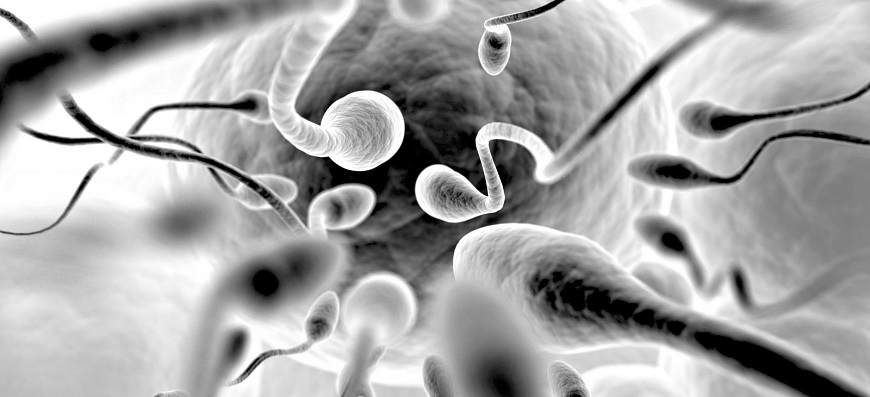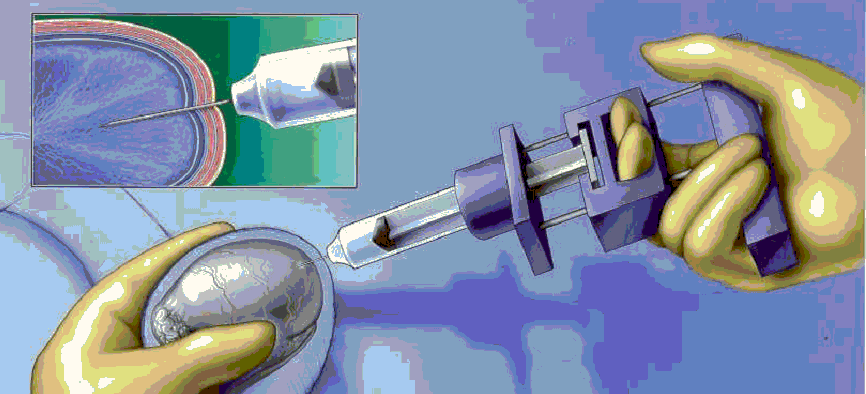Surgical Sperm Retrieval


What is Surgical Sperm Retrieval?
Who is Surgical Sperm Retrieval suitable for?
- Men who have an obstruction that causes a blockage for sperm release from the testes. This could happen due to an injury or infection
- Men who have undergone a vasectomy, but now are looking to father a child
- Men born with the absence of vas deferens (a tube that drains the sperm from the testicles)
- Men with a very low sperm count such that the sperm don’t reach the vas – Non-obstructive azoospermia
Procedures for Surgical Sperm Retrieval:
1
PESA (Percutaneous Epididymal Sperm Aspiration)
This procedure involves the collection of sperm via a thin needle injected directly into the epididymis where the sperm is stored after formation in the testes
Advantages: The procedure is simple, avoids open surgery can be repeated since it is very quick to perform. Adequate sperm can be collected during each procedure
2
TESE (Testicular Sperm Extraction)
This surgical sperm extraction process involves the collection of sperm from a biopsy from the testicular tissue
Advantages:
Advantages: TESE involves the biopsies of seminiferous tubules containing sperm. Only selective tubules are biopsied and hence there is less damage to the testicles. Using this method of surgical sperm retrieval a large area of tissue can be dissected making it easier to find sperm cells
3
TESA (Testicular Sperm Aspiration)
This procedure is primarily used for men who are suffering from obstructive azoospermia. The patient is given local anesthesia and a needle is injected into the testicular substance. Fluid is aspirated and the aspirated fluid is checked for sperm. Color Doppler Ultrasonography procedures are used in the TESA procedure to ensure that blood vessels are avoided.
Advantages:
Advantages: This is an entirely non-surgical procedure or sperm retrieval. TESA is a very simple procedure that does not require additional training for the experts in Infertility procedures.
4
MESA (Microsurgical Epididymal Sperm Aspiration)
An incision is made in the scrotum. The epididymal tunica is observed and incised under a microscope and the epididymal ductile is mobilized. The mobilized ductile is opened and fluid is extracted. When enough sperm fluid is collected the duct can be sutured up.
Advantages:
Advantages: MESA is a very precise procedure that allows for aspiration free from unwanted fluids like blood. Sperm recovery is very high with this MESA procedure of sperm retrieval.
